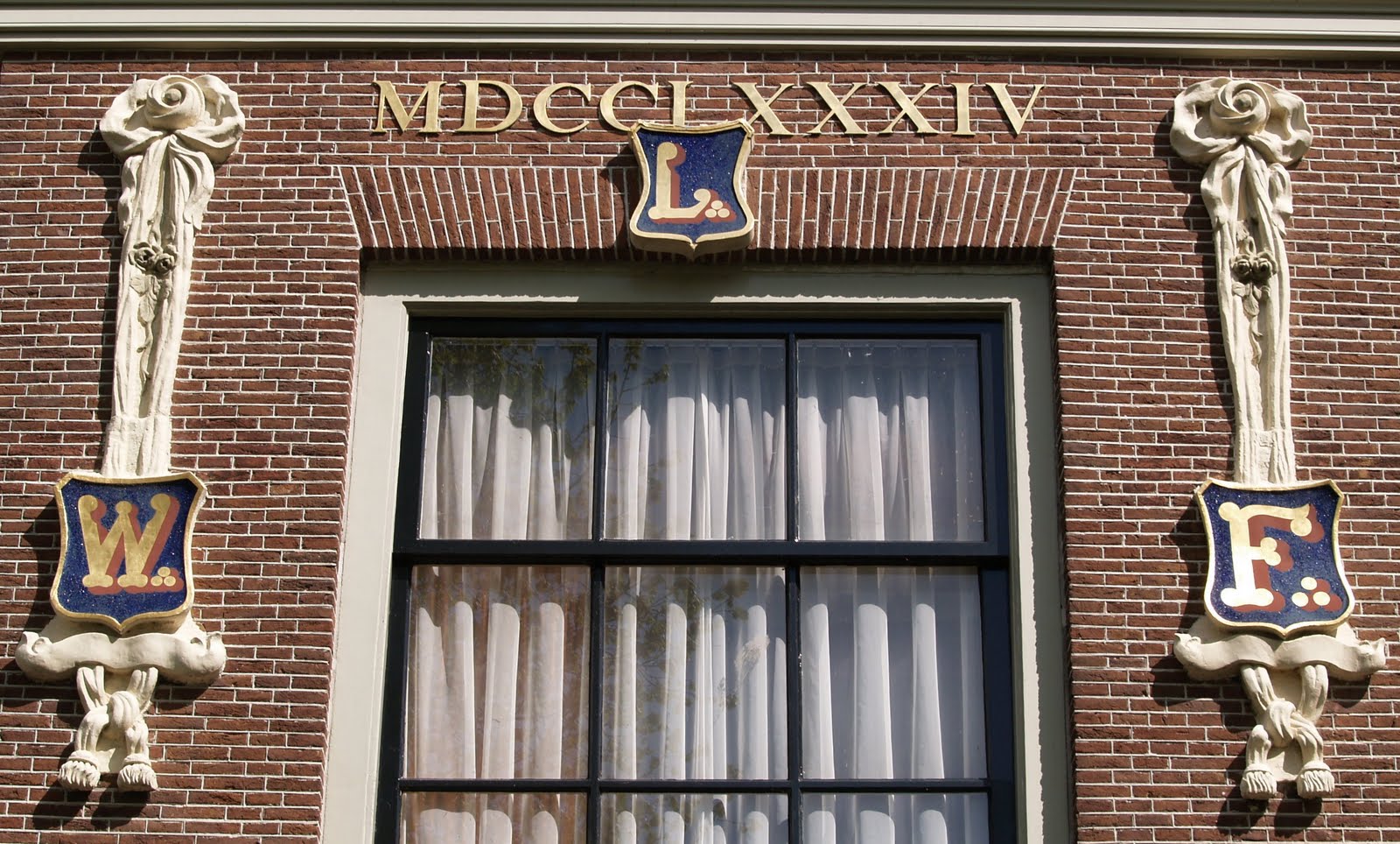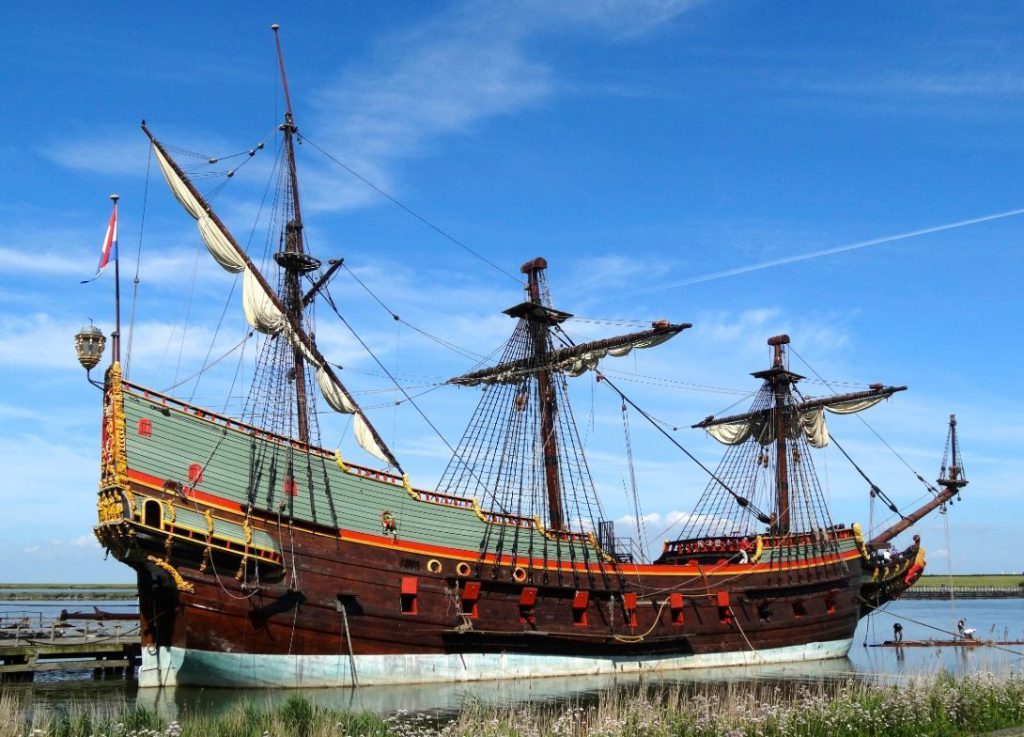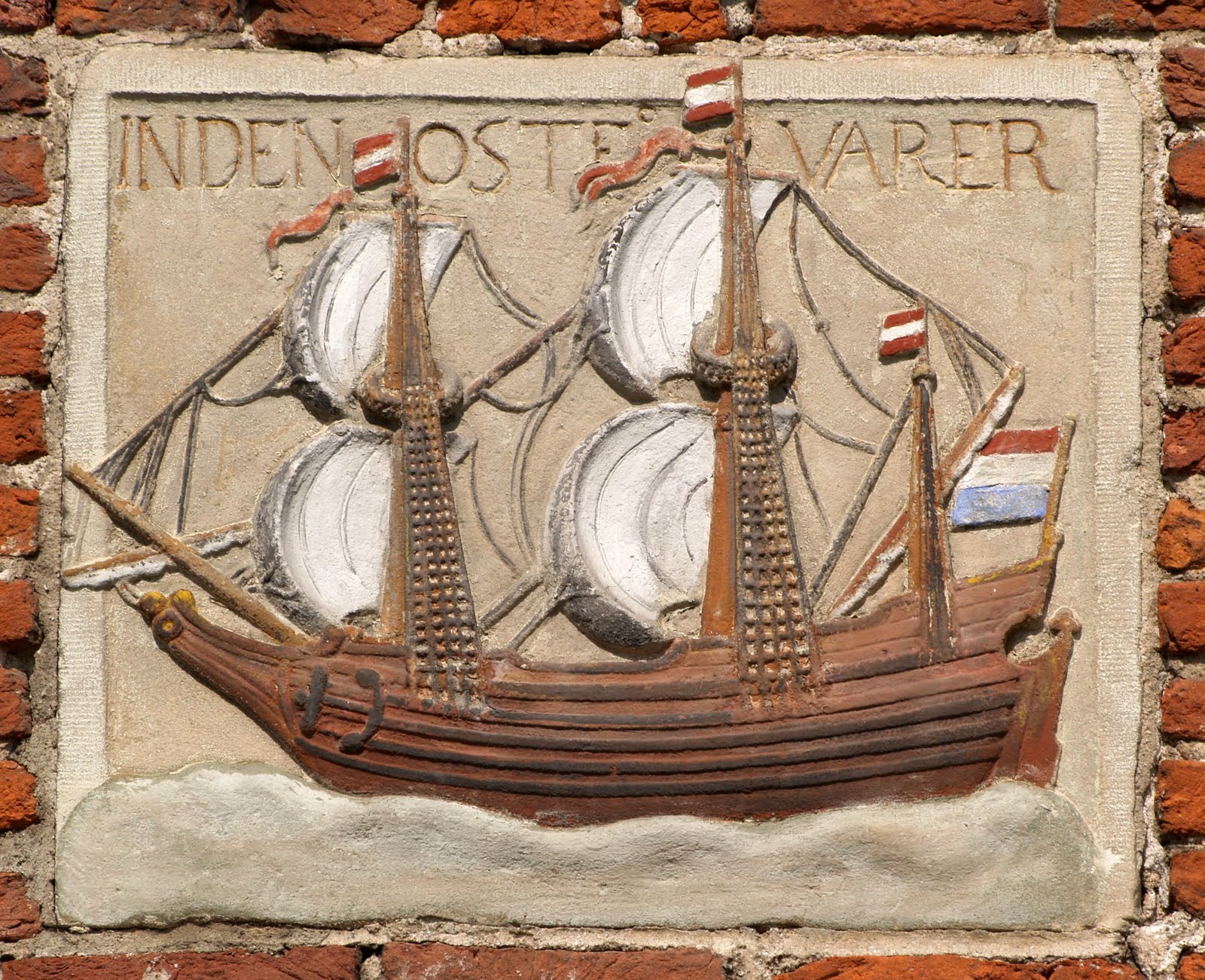
Gouden Eeuw (VOC en WIC) YouTube
The Dutch West India Company or WIC ( Dutch: Westindische Compagnie) Dutch pronunciation: [ʋɛstˈɪndisə kɔmpɑˈɲi] was a chartered company of Dutch merchants as well as foreign investors, formally known as GWC (English: Chartered West India Company ). Among its founders were Reynier Pauw, Willem Usselincx (1567-1647) and Jessé de.
.jpg)
VOC en WIC Canon van Nederland
Onder de WIC vallen kolonies als Nieuw-Nederland in Noord Amerika, Brazilië en slavenkolonies in het Caribisch gebied. Het lukt de WIC niet om net als de VOC een vergelijkbaar imperium op te bouwen. Omdat de afstanden over de Atlantische oceaan relatief klein zijn, lukt het concurrenten om de monopoliepositie van de WIC te doorbreken.
.jpg)
VOC en WIC Canon van Nederland
De WIC werd georganiseerd naar het model van de VOC en was onderverdeeld in vijf zogenoemde Kamers: Amsterdam, Zeeland, Maze (Rotterdam), Stad en Lande (Groningen) en Noorderkwartier (Hoorn). Het bestuur bestond uit de Heren XIX. Cornelis Bicker werd een van de belangrijkste bewindhebbers. Aanvankelijk kregen kooplieden, zoals Elias Trip, Jan Cornelisz. . Geelvinck en Samuel Blommaert.
.jpg)
VOC en WIC Canon van Nederland
The WIC regulations at 7 CFR 246.7(k) set forth the general requirements for issuance, acceptance, and content of VOC. The primary intent of the transfer/VOC provisions in the law and regulations is to ensure seamless and continued participation of certified participants through the entirety of their certification period.

Rijke Bevelanders investeerden in VOC en WIC ten tijde van slavenhandel Omroep Zeeland
In 1621, the Dutch West India Company (in Dutch: West-Indische Compagnie or WIC) is established. The States General awards the Company the exclusive rights to colonisation, trade, and privateering in the areas around the Atlantic Ocean. The WIC rules colonies such as New Netherlands in North America, Brazil, and slave colonies in the Caribbean.

'ZIEN EN WETEN' HOORN. WELVAART VOC EN WIC. (2)
Figure 1 and the mismatch between investment and votes in the company reflect another fundamental problem that dogged the WIC immediately after its founding: a profound lack of interest. Rich merchants from Amsterdam appear to have been reluctant to invest in the new company, as the share of investment that this city contributed to the WIC was lower than when the VOC's shares were floated in.

VOC vs. WIC Wicgeschiedenisdelagewaardstambever.jouwweb.nl
West India Company, DutchThe Dutch East India (Vereenigde Oostindische Compagnie, or VOC) and West India (West-Indische Compagnie, or WIC) Companies are usually considered to have been the most important instruments of the early Dutch expansion overseas. Both were founded during the first quarter of the Dutch "Golden Century" (the seventeenth) and both seemed to symbolize the strong Dutch.
Stadsarchief Rotterdam VOC en WIC in Rotterdam
With the end of the Twelve-Year Truce in 1621, the WIC was created on VOC model with 5 chambers, representing the maritime Dutch provinces, and 19 directors. But it proved difficult to find investors, because the beginning of the VOC had been quite expensive and there were high risks of warfare.. Scheepvaart en handel van de Tweede.
Stadsarchief Rotterdam VOC en WIC in Rotterdam
En 2022, Environnement et Changement climatique Canada (ECCC) a publié le Règlement limitant la concentration en composés organiques volatils de certains produits dans la Gazette du Canada, Partie II, pour limiter les émissions de COV de certains produits fabriqués ou importés au Canada. Format substitut
Voc en WicVerzameld werk van Franka Alle Rijksstudio's Rijksstudio Rijksmuseum
VOC Compliance Unit Trading System: The regulations have set up a compliance unit trading system, for which those manufacturing or importing products belonging to certain product categories in column 1 of Schedule 1 may elect to participate in. 9 This system allows participants to "balance emissions from products that exceed the concentration limits with compliance units earned from products.

VOC en WIC De Gouden Eeuw Bookwidget YouTube
VOC en WIC - De Gouden Eeuw.Flipping the classroom.Over de handel met Oost- en West-Indië, de oprichting van de VOC en de WIC en de driehoekshandel. Handelsp.
.jpg)
VOC en WIC Canon van Nederland
If a participant comes from a state that ends their certification based on the actual date the participant was certified, you should round up to the last date of that month and enter that as the Cert End Date for all WIC Types. Example: Cert End Date on VOC = 2/07/2012; Cert End Date for MN WIC = 2/29/2012 (Note: February 2012 is a Leap Year.)

Spiegelretourschip Scheepstype van VOC en WIC Historiek
2: Permit - Products whose use results in lower VOC emissions. This permit allows innovative products to exceed the VOC concentration limits if, because of product design, formulation, delivery or other factors, they emit less total VOCs than a comparable compliant product when used according to the manufacturer's written instructions.

Verschillen en overeenkomst Europa en de wereld
This holds even stronger for the VOC's West-Indian counterpart, the West India Company (WIC). This company was even more invested in military rivalry between European Atlantic empires, a competition that centred on the inherently violent trans-Atlantic slave trade and the maintenance of control over slave societies.
.jpg)
VOC en WIC Canon van Nederland
the Vereenigde Westindische Compagnie (WIC) was for a long time over shadowed by the 'glorious' deeds of the Dutch East India Company (VOC)2 in the Asian and Pacific regions, and therefore largely neglected by the academic world.3 On the rare occasions when the WIC was not ignored and the two companies were compared, the WIC was always.

'ZIEN EN WETEN' HOORN. WELVAART VOC EN WIC. (2)
VOC and WIC were not above the law. 11 September 2018. The powerful Dutch East India Company and West India Company were summoned before the High Court more often than historians have assumed. The complainants varied from competitors, to the Companies' own staff and even poor citizens. This is what Leiden historian Kate Ekama has discovered.